Click below to listen to my 2 min. Garden Bite radio show: Audible gardens – for the birds
Audio PlayerWith the exception of hummingbirds, most of us plant gardens for beauty, fragrance and taste, not thinking too much about songbirds.
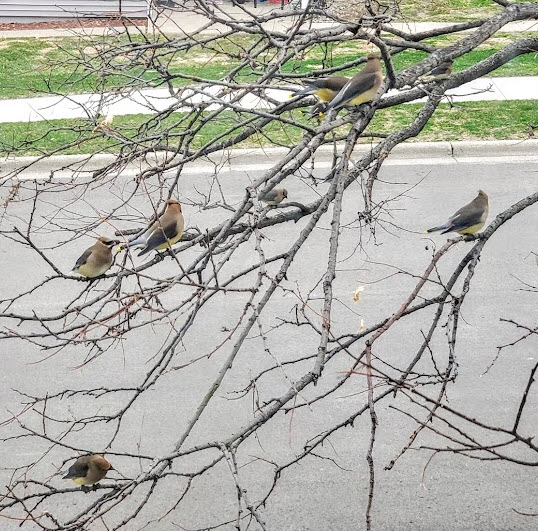
Birds sing for 2 reasons, for territory and for mating. Native plants attract native insects which native birds eat. Seed eaters tend to go for native grasses and flower heads.
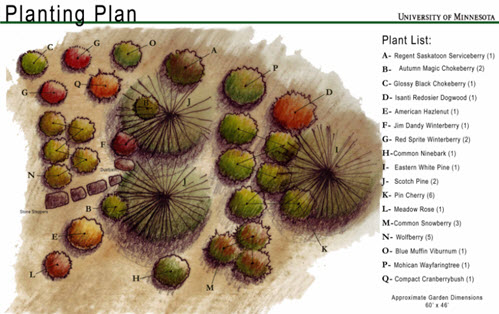
Follow this LINK for the bigger picture from the UofMN. And more on a native plant list HERE. These lists also work for much of the Upper Midwest. And Native Plants for Native Birds from the Audubon Society.
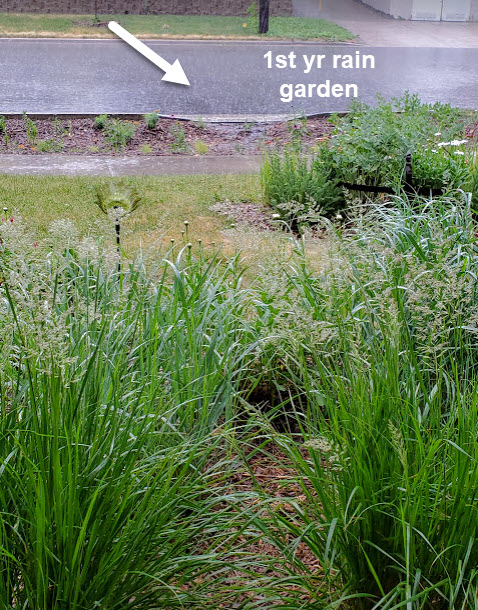
Birds sing for two reasons, for territory and for mating. And they sure were busy late in May!! No video of them chasing and calling but the finches, catbirds and cardinals were loud! 
Most birds prefer nesting in trees and shrubs although a few finches and sparrows are ground dwellers.

Bluebirds (link to Wisconsin DNR) and wrens prefer nesting boxes.
Design your garden from the ground up. Dense, layered vegetation is the best shelter and space for many birds. If you love an ethereal sound, experts say, plant to attract thrushes. Robins and bluebirds are among this group.
Most birds prefer nesting in trees and shrubs although a few finches and sparrows are ground dwellers. Bluebirds and wrens prefer nesting boxes.

For non-stop song, the little wren is hard to beat. They like well-planted backyards and will eat insects and spiders. Listen to the sweet little sound of a wren.
The whistling group includes sparrows and finches.

And then there are the clear notes and cheerful voices of the Warblers. Their bright colors are attractive as well! Frontenac State Park has a wide range of warblers!
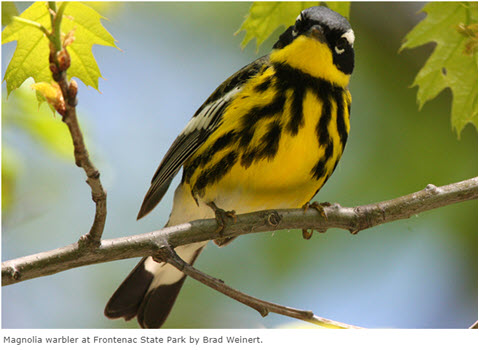
They also like densely planted landscapes that can harbor insects (which always come when you’ve planted densely). They also like moving water. Consider a fountain.
I’m usually trying to get you not to plant quite so densely so that you’re not inundated with insects and disease. However, if you really want to enjoy a plethora of birdsong, then find a spot that offers them the natural shelter they need and the promise of pests to eat.
And don’t forget the birdseed from feedthebirds.com! From farm to feeder, these bird seed mixes are milled locally and delivered right to your door. There is a LOT of information about birds on their website. I highly recommend them! 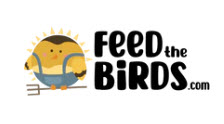
Merlin Bird ID from Cornell University of Ornithology. This app will help you identify birdsong in your landscape!
